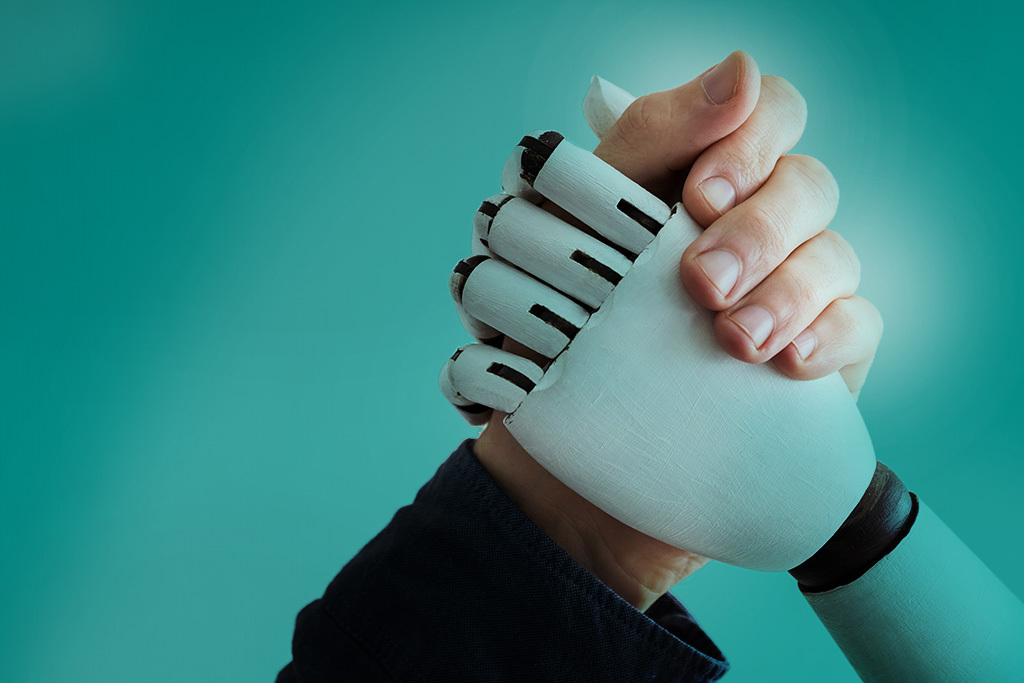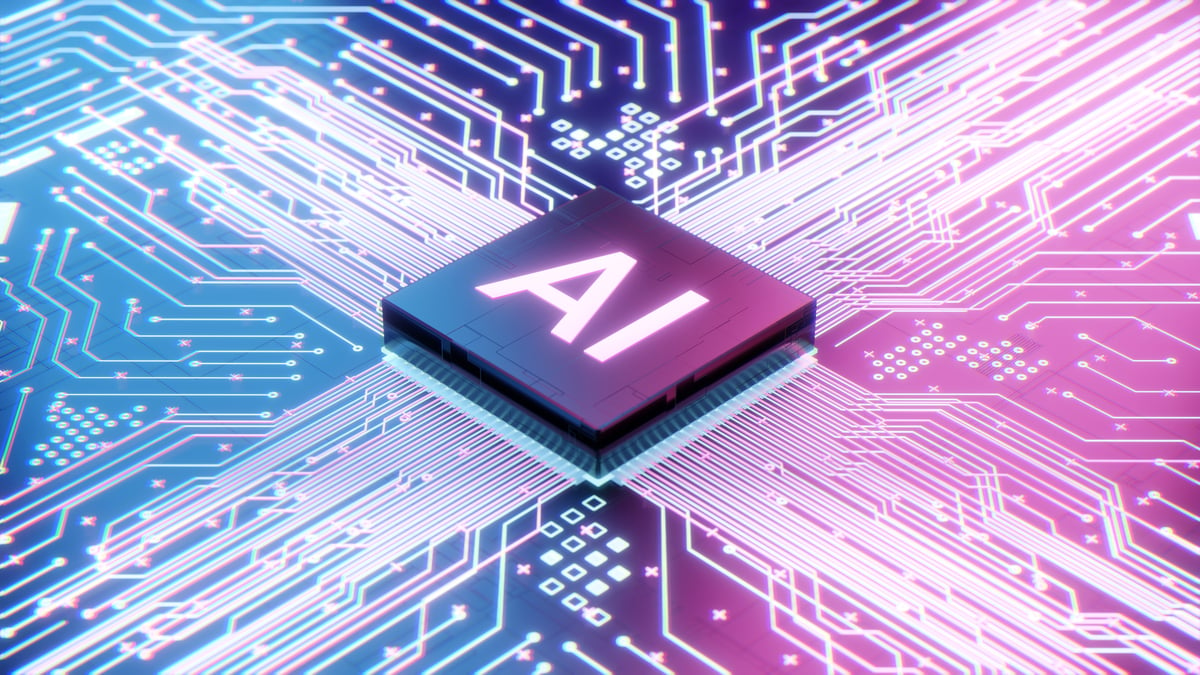
As artificial intelligence (AI) and robotics continue to permeate the tech and labor industries, a persistent question remains: What role will human workers play in a future heavily influenced by automation? Amazon may have provided an early glimpse into this evolving dynamic with its recent unveiling of ‘Vulcan,’ a next-generation robot designed to function within its warehouses.
Vulcan stands out due to its ability to ‘feel’—a term used by Amazon to describe its advanced sensory capabilities, which help the robot interact more safely and intuitively with humans and its environment. This degree of sensitivity is a marked improvement over older, more mechanical automation systems, emphasizing collaborative functionality rather than replacement of human roles.
The broader implications of Vulcan’s launch echo throughout the tech industry. For years, there has been an ongoing discourse about the displacement of human workers due to the rise of AI and automation. With Vulcan, Amazon signals a potentially different trajectory—one in which humans and robots co-exist in shared spaces, performing complementary roles.
Instead of rendering humans obsolete, Vulcan’s design underscores the importance of machine-human interaction and symbiosis in the workplace. Robots like Vulcan can handle repetitive or physically demanding tasks with greater efficiency, while human workers can focus on higher-level problem solving, supervision, and human-centric responsibilities that machines are not yet equipped to handle.
This vision aligns with the concept of ‘cobots’ (collaborative robots), which are engineered to operate safely in closer proximity to humans than traditional industrial robots. The introduction of richer sensory inputs, such as pressure and proximity sensors, allows machines like Vulcan to be more aware and responsive—crucial attributes in dynamic environments like fulfillment centers.
While Amazon has not released detailed specifications or deployment timelines for Vulcan, the announcement itself represents a strategic pivot. As one of the largest global logistics and e-commerce companies, Amazon is frequently at the forefront of industrial innovation. Seeing it adopt collaborative robotics with sensory perception may signal an impending shift across the logistics sector and beyond.
Still, the nature of these changes poses key questions about upskilling labor forces, redesigning workflows, and reassessing the balance of responsibility between humans and intelligent machines. The industry will no doubt continue monitoring developments such as Vulcan closely as companies strive to harmonize technological advancement with the very human need for meaningful and secure employment.
Source: https:// – Courtesy of the original publisher.








